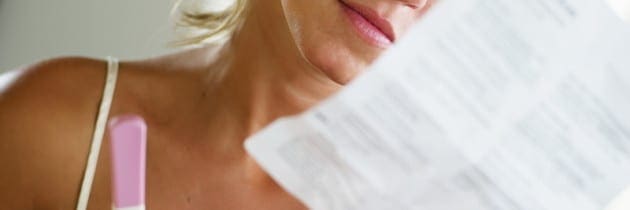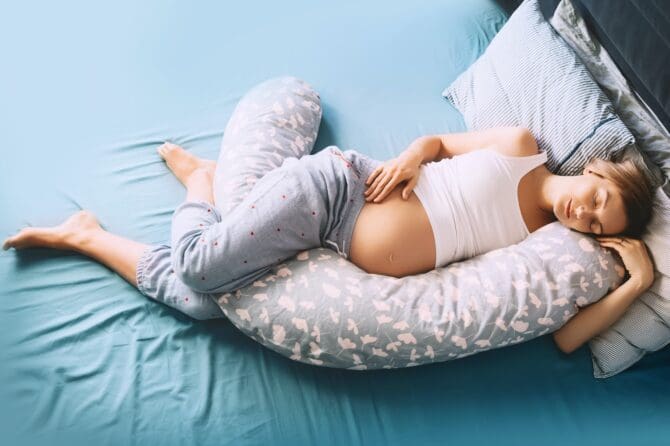One of the main concerns for new parents is keeping their baby safe. Baby proofing your home is a major priority – and for good reason. Many accidents that happen in the home can be prevented with a few safety precautions. Here are some tips for baby proofing your home:
-Install safety gates at the top and bottom of stairs.
-Anchor furniture to the wall to prevent tipping.
-Keep sharp objects and harmful chemicals out of reach.
-Install smoke and carbon monoxide detectors.
-Cover electrical outlets.
-Keep the floors clean and free of clutter.
-Make sure the home is well-lit.
By taking these precautions, you can help create a safe environment for your baby to explore and grow.
As a new parent, it’s important to babyproof your home to create a safe space for your little one. Make a list of possible hazards, including chemicals, open toilets, sharp furniture edges, stairs, unprotected sockets, heavy furniture, cords from window blinds, and electrical devices. You can also look for choking hazards such as small toys, plastic wrappers, and coins. By taking the time to identify and address these hazards, you can create a safer home for your baby to explore.
As you go through your home making a baby-proofing inventory, make sure that you take breaks and don’t stay on your feet for too long. It’s also important to get on your hands and knees and see your home from a baby’s perspective.
When you look at the above list, you may begin to feel overwhelmed – but don’t panic! Baby proofing doesn’t have to be done all in one day – especially if you start early in your pregnancy and baby’s life.
As soon as you decide to become a parent, you should begin thinking about baby proofing your home. However, you have a little bit of time after your baby is born to get the job done. At first, your baby won’t be able to move around the house at will, so this gives you time to complete your baby proofing if you haven’t done so already. Before your baby starts crawling, you should make sure that your baby proofing is finished.
Most parents work hard at baby proofing their home, by using outlet covers and Stella guard railings. But did you know there are other hidden dangers to your child? Choking hazards can be found in many homeowner’s kitchens and playrooms. A good way to determine if an object is a choking hazard is to see if it fits through the hole of a toilet paper roll. If the object fits, it’s a hazard. If you have any questions or concerns, please contact your local childproofing company.
If an object can easily slide through the bars of a crib, it can easily be picked up by small hands and put in the mouth. Make sure that you don’t make a baby-proofing mistake by overlooking common objects in your home that could spell big danger for your little one.
Pay special attention to small objects that a baby could pick up and put in their mouth. Any object that can easily slide through the fingers is a potential choking hazard. Make sure to babyproof your home by installing latches and covers on sockets, and picking up any dangerous objects. By taking these simple precautions, you can help make your home safe for your baby and improve your peace of mind.











